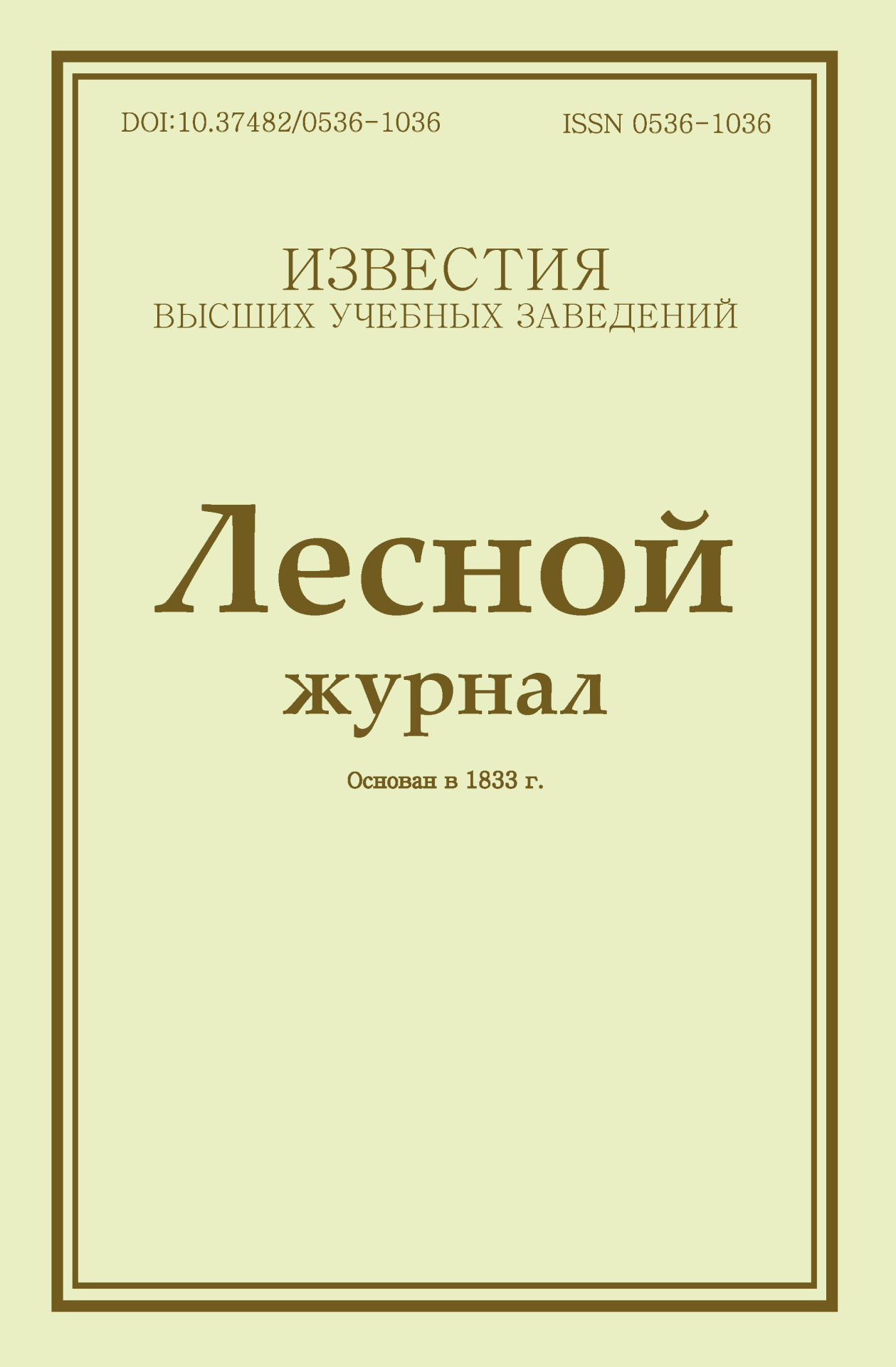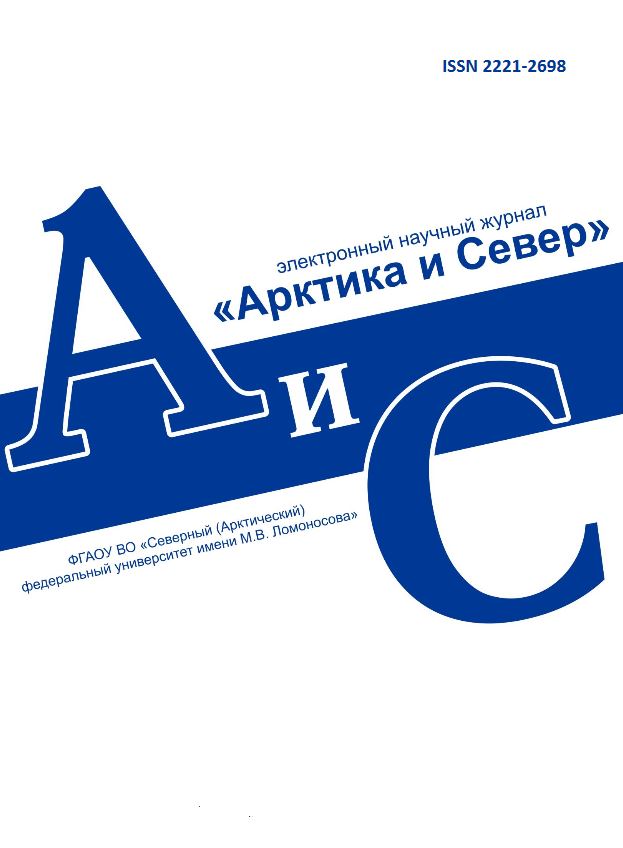Legal and postal addresses of the founder and publisher: Northern (Arctic) Federal University named after M.V. Lomonosov, Naberezhnaya Severnoy Dviny, 17, Arkhangelsk, 163002, Russian Federation Editorial office address: Journal of Medical and Biological Research, 56 ul. Uritskogo, Arkhangelsk Phone: (8182) 21-61-00, ext.18-20
E-mail: vestnik_med@narfu.ru ABOUT JOURNAL
|
Section: Medical and biological sciences Download (pdf, 0.4MB )UDC[616-092.11+612.1]:612.062DOI10.37482/2687-1491-Z183AuthorsAnna Yu. Byrina* ORCID: https://orcid.org/0000-0002-5385-4726Oleg A. Mal’kov* ORCID: https://orcid.org/0000-0002-0895-2079 *Surgut State Pedagogical University (Surgut, Khanty-Mansi Autonomous Okrug – Yugra, Russia) Corresponding author: Anna Byrina, address: ul. 50 let VLKSM 10/2, Surgut, 628417, Khanty-Mansiyskiy avtonomnyy okrug – Yugra, Russia; e-mail: afineevskayaanna@gmail.com AbstractMultifocality, high prevalence and lack of consensus on the etiopathogenesis of atherosclerosis and fibromuscular dysplasia (FMD) in the human population are well known. However, the issues of comorbidity and mechanisms of connective tissue damage in these pathologies remain unclear. The purpose of this study was to determine the leading causes of pathological arterial stenosis in patients with clinical signs of vascular disorders. Materials and methods. The research involved 67 patients (mean age 51.12 ± 13.12 years) with clinical signs of vascular disorders, who had received neurological or neurosurgical treatment at Surgut Clinical Trauma Hospital. The subjects underwent computed tomography angiography of brachiocephalic and intracranial vessels. To assess the internal stigmatization of the processes under study, author’s scales were developed. Results. The data of the author’s scales clearly indicate the influence of the genetically determined FMD process on the manifestations of atherosclerosis. The most frequent combinations of FMD stigmas and atherosclerotic lesions identified in the course of the study can serve as markers of the severity of these pathologies. The results allow us to view FMD and atherosclerosis in the context of morphofunctional connective tissue disorders. Paradoxically, despite the systemic nature of the two processes, their gross manifestations were clearly localized. This is probably due to the time interval of connective tissue cell damage and its nature. In our opinion, pathology in atherosclerosis develops during postnatal ontogenesis due to the increasing cytokinetic activity of connective tissue cells under the influence of various factors (atherogenic lipoproteins circulating in the vascular bed, microbiome disturbance, etc.). In FMD, fibroblasts get damaged by genetic mutations at the stage of embryonic development (vasculogenesis), gross stigmas are formed in areas of blood vessels with the most rapid growth due to the haemodynamic conditions of the onset of blood circulation (angiogenesis).Keywordsfibromuscular dysplasia, atherosclerosis, pathogenetic mechanisms, computed tomography angiography, connective tissue diseaseReferences
|
Make a Submission
INDEXED IN:
|
Продолжая просмотр сайта, я соглашаюсь с использованием файлов cookie владельцем сайта в соответствии с Политикой в отношении файлов cookie, в том числе на передачу данных, указанных в Политике, третьим лицам (статистическим службам сети Интернет).




.jpg)

